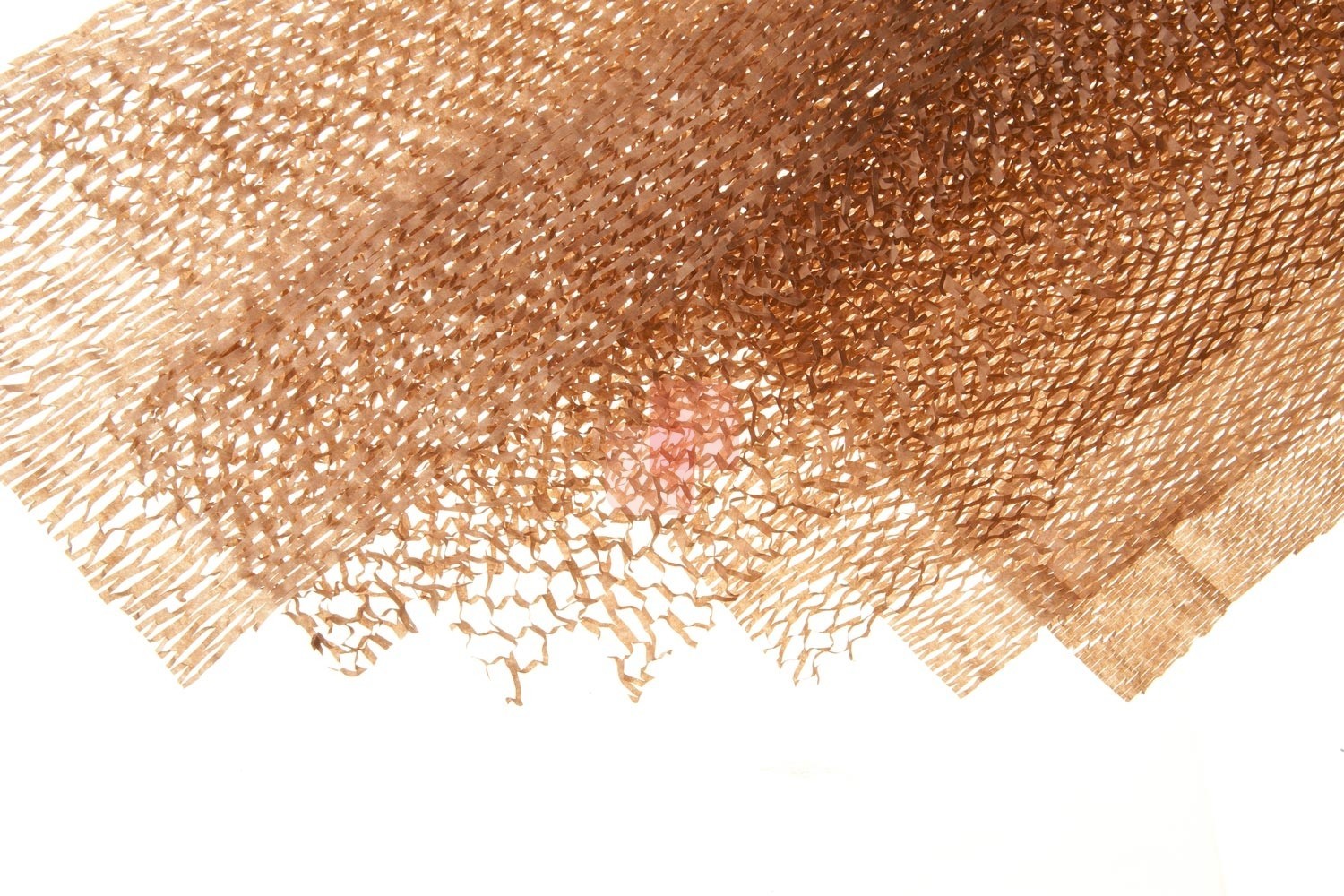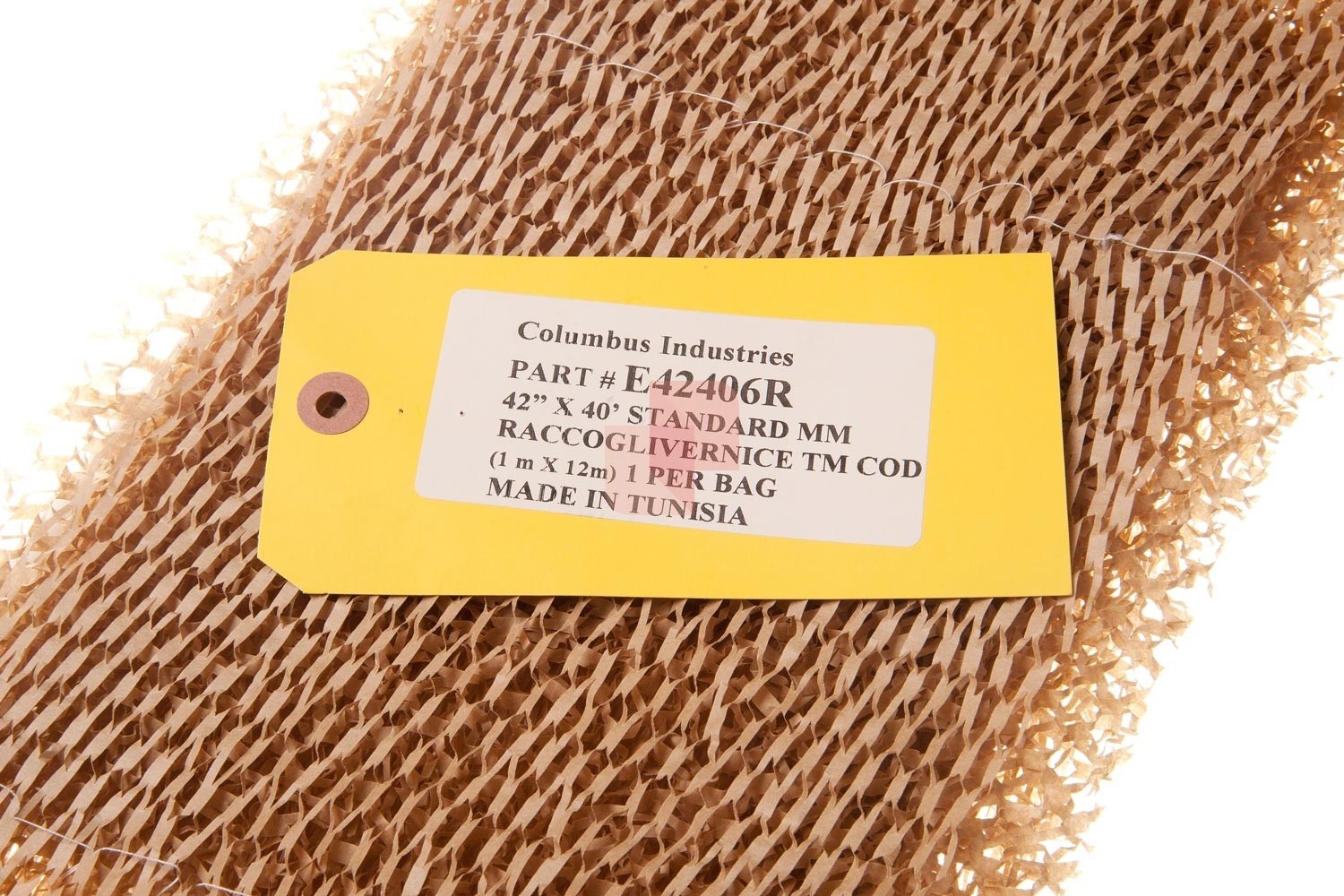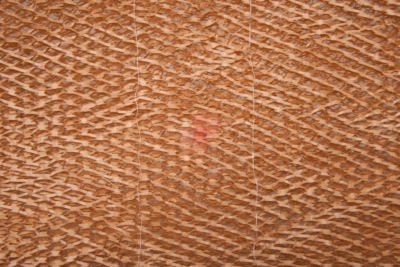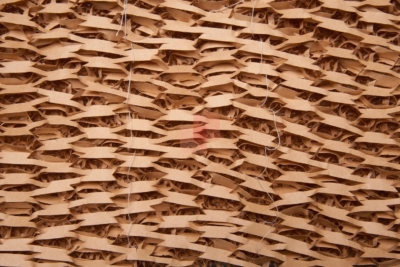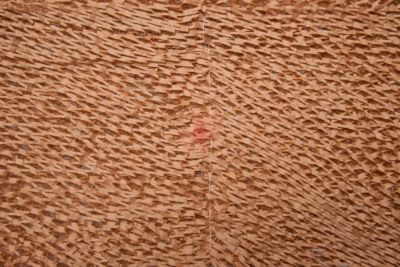Standard Multilayer Collector
Columbus Industries baffle-type Standard Multilayer Collector is comprised of six layers of kraft media, each slit and expanded into a mesh with baffle-like surfaces.
These six baffles layers form a multistage collection design which creates the action necessary for superior depth-loading characteristics.
The layers with the larger baffled openings are positioned at the front of the collector. As the exhaust air passes through the collector, these larger front baffles cause the initial turbolence and surface contact removing the larger overspray particulates.
The final layers incorporate smaller baffled openings which efficiently trap the vast percentage of the remaining particulates.
With this configuration, the Standard Multilayer Collector provides high efficiency as well as good holding capacity.
Technical Features
- Code IT
- 154
- Code US
- E42406R
- Label Color
- Yellow
- Efficiency
- 84 - 99 %
- Holding Capacity
- 4.0 kg/m²
- Dimensions
- 1200 × 100 cm
- Volume
- 0.12 m³
- Weight
- 4 kg
Applications
Suitable for single layer filtration or pre-filtration.
Areas
Layers
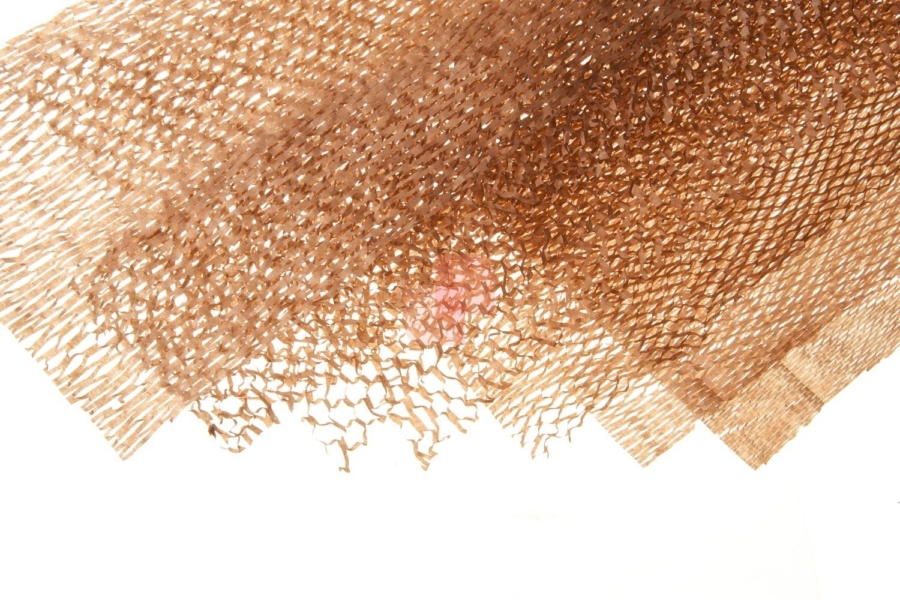
Columbus Industries’ Standard Multilayer Collector consists of the following layers, in the sense of Air Flow:
- L (Large Layer)
- Lx (Large Crossed Layer)
- Lx+ (Large Crossed Layer)
- S (Small Layer)
- S (Small Layer)
- MM (Mini-Mesh Layer)
Efficiency & Holding
Overspray collectors are not commodity items and all do not perform equally well on every coating. Specific types of coatings require certain collector designs and performance levels.
The four primary categories used to assess the overall effectiveness of a particular overspray collection system are as follows:
EFFICIENCY (formally known as “arrestance efficiency” or “weight arrestance”)
The average percentage of particulate extracted or collected from the exhaust air. The higher the collector efficiency, the cleaner the exhausted air and spray booth ducts, fan, neighboring properties, plant roof, etc. Higher efficiency lowers booth maintenance costs and, with less buildup, greatly reduces the chance of a duct fire.
AIRFLOW RESISTANCE
The measure of resistance encountered by the particulate-laden air as it passes through the collector. (Generally it is stated in inches of water column, the static pressure required to draw air through the filter.) As the collector begins to load, the resistance increases. The velocity of the air through the booth also influences the initial resistance figures and, therefore, the holding capacity and service life. The importance of proper airflow in overspray collection cannot be overemphasized. The uniformity of airflow and increased efficiency minimizes the amount of overspray deposited where it is not wanted – in difficult to clean areas within the booth, inside of the exhaust duct, on fan blades, plant roof, neighboring properties, parked cars, etc.
HOLDING CAPACITY
The amount (weight) of overspray a collector will hold before its resistance to airflow becomes prohibitive. A collector should be able to hold overspray throughout its entire depth, which is referred to as depth loading.
SERVICE LIFE
The length of time a collector performs effectively in terms of hours or shift periods before the resistance to airflow becomes prohibitive.
—
The performance of the product described in this page varies and is characteristic of each individual installation; it must therefore be measured on the system.
As a guideline, we provide some experimental data:
|
Coating Type
|
Efficiency
|
Holding Capacity
|
|---|---|---|
| Air-dry Enamels | 96 - 98 % | 3.3 - 3.6 kg/m² |
| Bake-dry Enamels | 98 - 99 % | 4 - 6 kg/m² |
| High Solids - Enamels | 98 - 99 % | 4 - 6 kg/m² |
| Lacquers - Nitrocellulose | 84 - 87 % | 0.5 - 1.5 kg/m² |
Product Line Applications
Rating Legend
- 5 Excellent Performance
- 4 Very good Performance
- 3 Good Performance
- 2 Moderate Performance
- 1 Not Usually Recommended
|
Coating Type
|
Rating
|
|---|---|
| Adhesives | 3 |
| Air-dry Enamels | 4 |
| Asphalts | 3 |
| Bake-dry Enamels | 3 |
| Clear Coats | 3 |
| Epoxies | 3 |
| Fiberglass | 3 |
| Frit | 3 |
| Gel Coats | 3 |
| Glazes - Fillers | 4 |
| High Solids - Enamels | 2 |
| Lacquers - Nitrocellulose | 4 |
| Primers - Air Dry | 4 |
| Sealers | 4 |
| Stains | 4 |
| Tar-like Coatings | 3 |
| Teflon | 3 |
| Urethanes | 3 |
| Vinyls | 3 |
| Waterbornes | 3 |
